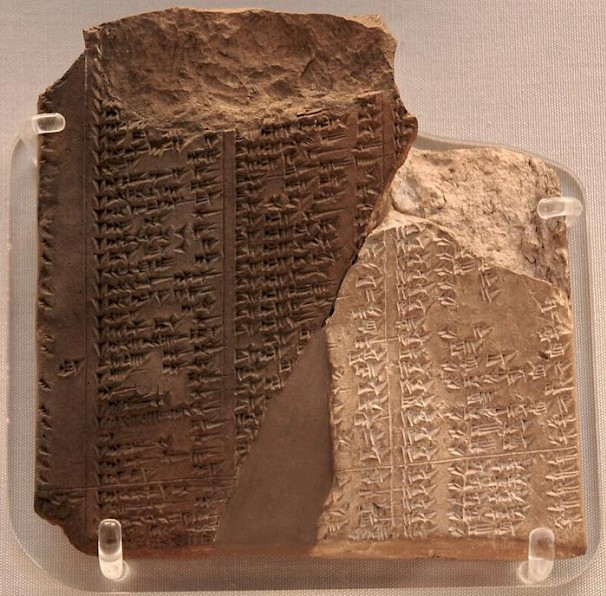Limmu
Limmu: Assyrian official, whose name was given to a year.

One of the most important events in the ancient Mesopotamian calendar was the New Year's festival at the beginning of spring. In Assyria, the king was responsible for the correct procedure during the festivities, which were celebrated in Aššur (the capital), but he delegated the tasks to a royal official, the limmu. This man was selected by lot, but the candidates belonged to the most important Assyrian families and occupied offices like commander in chief, herald of the palace, or governor.
A person could only rarely be limmu, and this made it easy to use the name of the limmu to indicate a year. For example, the year that we call 820/819 BCE, was called "during the limmu-ship of Bêl-Dan, the herald of the palace". Nearly always, an important military event is added (in this case, the suppression of a revolt). The list of limmus, which is important for chronological purposes, has survived for 1876-1780 and 858-699.
Because the list of limmus was carefully kept (something that is reflected by the fact that we have no less than ten tablets for 858-699), the Assyrian King List, which is based on the limmu-list, is considered to be very accurate.
The two surviving limmu lists can be found as texts #8 and #9 in Jean-Jacques Glassner, Chroniques Mésopotamiennes (1993) (translated as Mesopotamian Chronicles, 2004).